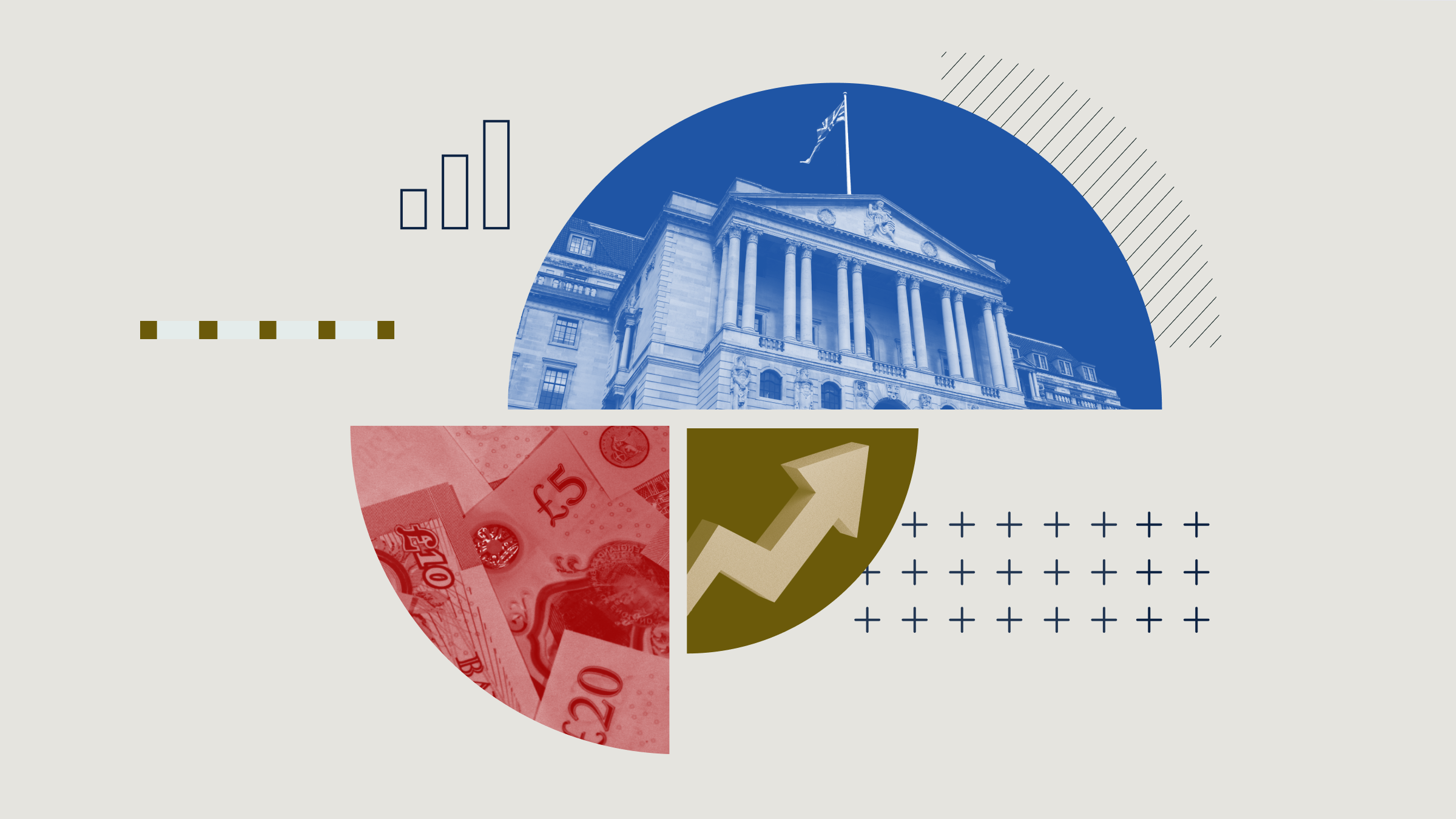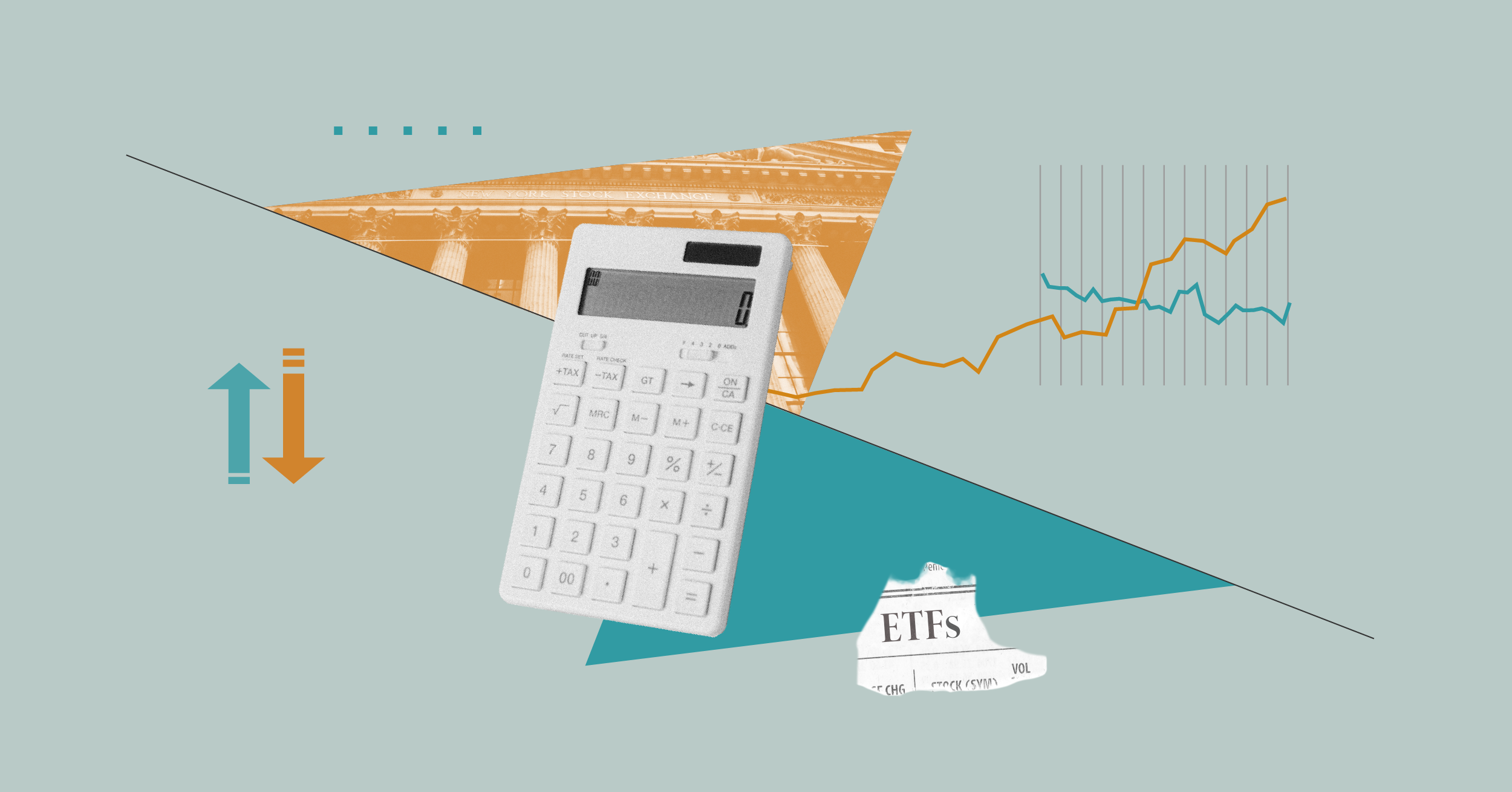![]()
When recession looms, cyclical sectors take a hit. Chief among cyclicals is the semiconductor industry, whose sales can vary widely depending on the state of the economy.
True, for the last 35 years, the industry has been growing faster than the rest of the economy, due to falling costs, the ability to process data more efficiently and the ubiquity of chips in modern products.
Strong Outperformance Before The Fall
And for the last ten years, the technological prowess of chipmakers have been hailed by investors around the world.
The SOX index, which tracks the largest producers in the world (most of which are listed in the US), has returned 25.2% per annum on average, outperforming the broader NASDAQ Composite index (+17.6% per annum).
From a Valuation Premium to a Discount
Yet, this trend reversed in December with the raise of long-term interest rates, which ignited a decline in valuation multiples for high growth industries, semiconductors included.
Since the end of 2021, the P/E multiple of the SOX index has declined from 25x to 14.1x.
The industry, which was trading at a 16% premium to the S&P 500 index at the end of last year, now trades at a 10% discount, according to Factset data.
This trend has recently accelerated as several popular semiconductor manufacturers cut their forecasts for the year.
Last week, on the back of weaker demand for PCs and servers, NVIDIA, Intel and Micron, AMD issued a weaker outlook for 2022. All 4 companies are now trading in the 4 and 5 star range.
Recession Risk
Does it mean that recession risk is fully priced in?
“I think it is fair to say that much of the recession risk is priced in, but given the volatility of many technology/semiconductor stocks, it is possible names can fall further”, says Abhinav Davuluri, equity research analyst at Morningstar.
The reason an economic downturn is bad news for chipmakers is that it is a highly capital-intensive business, where companies invest billions of dollars to manufacture chips – especially the most advanced ones, like those that typically power your PC, data centers and high speed communication networks.
As it is a high fixed cost industry, as demand slows, chipmakers face the risk of having idle “fabs”, which weighs on their profitability and their earnings power.
In the past, during recessions, chipmakers profits systematically took a hit.
Capex Cuts
The risk is even higher now as many of the largest companies in the industry have accelerated their capex plans.
“During Covid-19, demand for chips accelerated whereas supply was unable to keep pace,” says Davuluri.
“Consequently, much of 2020, 2021, and early 2022 was spent in conditions of chip shortages. Chipmakers thus increased capex during this time period to catch up to demand (but demand has fallen off more recently).
“We have already seen memory chipmakers take significant steps to reduce capex plans for 2023; notably Micron reduced its capex for fiscal 2023 by 30% (with equipment down 50%) and other memory chipmakers are likely to follow suit. Logic and foundry customers at the leading-edge such as TSMC and Intel are less likely to make such drastic cuts, in our view, as their spending is more tied to new process technology transitions that are relatively recession resilient (though the amount of capacity they build out may be less in a recession).”
Another risk is the technological battle between the US and China.
The recent decision of the US Department of Commerce to control the export of the most advanced chip manufacturing equipment to Chinese chipmakers has weighed on public companies in China.
But it will most probably also affect some companies in the US and in Europe as well, since China has become one of the largest markets for semiconductors in the world.
Long-Term Prospects Are (Still) Bright
Despite those risks, the long term picture for the semiconductor industry remains bright.
There are more chips and more complex ones in a larger set of markets. After computers and smartphones, the main drivers for the industry’s growth are to be found in the automotive sector (with the emergence of electric and autonomous vehicles), the industry (with the internet of things) and the cloud (with storage, AI and datacenters applications).
As the world economy grows, so does the amount of data and the need to process this data faster to help workers and businesses be more productive.
Along the way, the semiconductor industry will grow, but with hiccups as was the case in the past.
Investors who dare to invest in chipmakers today will certainly have to bear short term volatility before they can reap long term profits.
Says Davuluri: “our top pick is ASML, the leader in lithography. ASML’s tools are used to make the latest generation chips and its latest generation EUV lithography is critical to all leading-edge logic/foundry chipmakers. We believe its tools will be more resilient to capex cuts that its peers amidst a potential recession.”





























